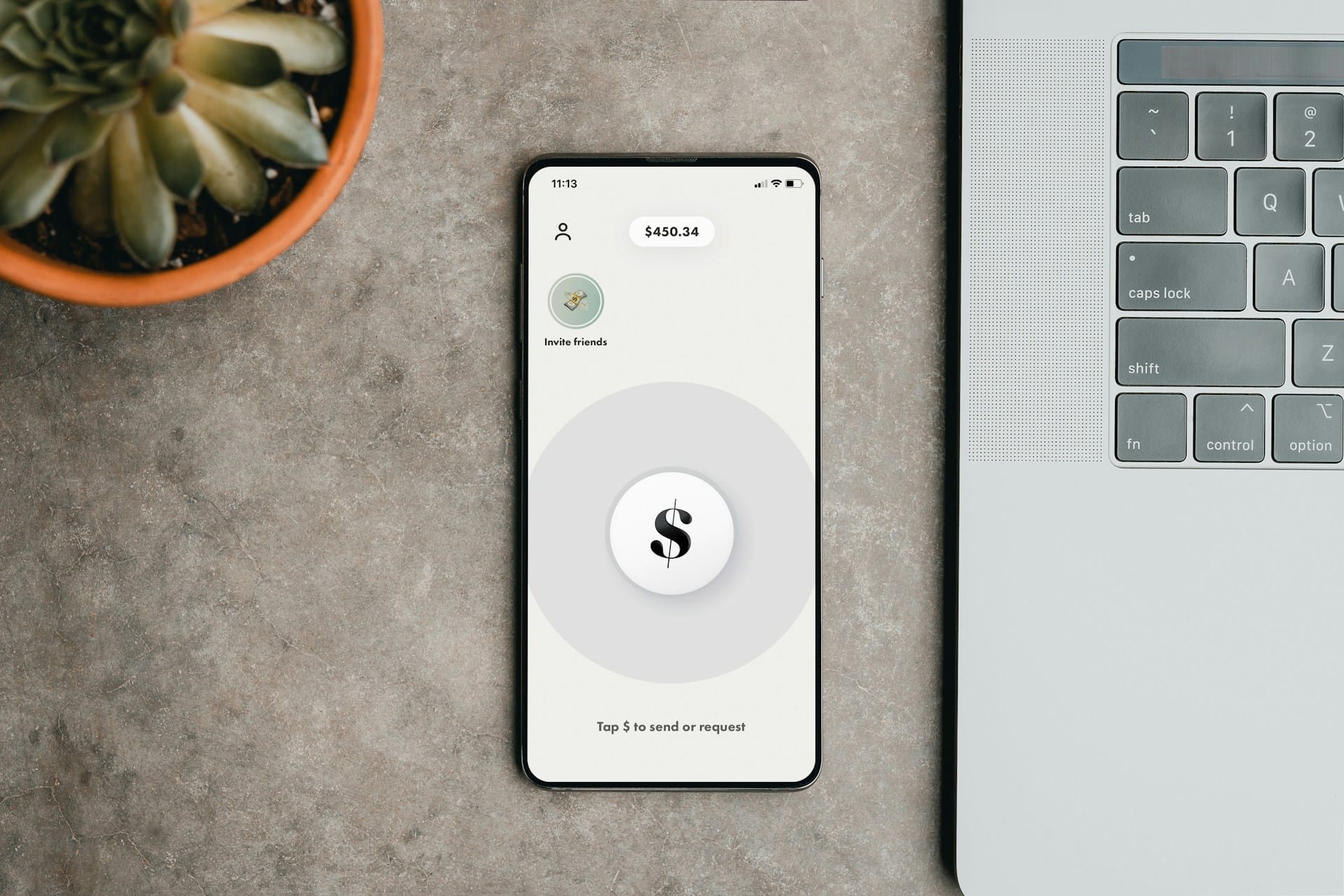There’s more to hiring than simply finding someone who can complete the work you need, especially if you’re a small business owner. Employment taxes and benefits are a significant expense of hiring employees, which is why many companies choose to work with 1099 employees, or independent contractors instead of hiring W2 employees for certain types of work.
It’s tempting to think you might save money by classifying a worker as an independent contractor instead of a W2 employee. However, there are clear rules on who exactly qualifies as a 1099 employee - and who doesn’t. Breaking these rules can have costly consequences, so it’s essential to learn how to classify the people who work for you.
What is an Independent Contractor
Generally, an independent contractor is someone who is in business for themselves. They work with a variety of clients and customers. Some common examples are jobs such as attorneys, accountants, doctors, graphic designers, and writers who work with multiple clients over the year. Outsourcing work is becoming a more common practice, especially with some types of work.
The IRS has provided some guidance to help you determine if the person hired ought to be a 1099 employee or a W2 employee. The IRS is primarily concerned with the distinction for tax purposes, but there are other significant differences.
Contractor vs. Employee: The Core Differences
There are several key differences between 1099 and W2 employees.
Payment Process
One of the most apparent differences should be how you pay the person working. Employers pay W2 employees regularly, such as weekly or biweekly. As the employer, you’re responsible for withholding local, state, and federal taxes from the employee’s paycheck and depositing those amounts with the correct agency. You’re also responsible for paying the employer portion of Social Security and Medicare taxes, filing unemployment returns, and providing your employee with a copy of a W2 at the end of the calendar year.
However, 1099 contractors will be paid differently. Each contractor relationship is unique, but you might pay a contractor for each job they complete, pay them on a monthly retainer, or occasionally pay hourly. At the end of the year, you’ll provide them with a 1099 form stating how much you paid them over the year. The difference between a 1099 and a W2 is that the W2 includes information such as how much taxes were withheld and lists the person as an employee, while 1099 only lists the amount paid to the worker.
Employee Rights
Employees have certain rights such as paid or unpaid medical leave, access to health insurance, workers’ compensation, and other benefits your company affords to employees. A 1099 contractor is not an employee, so they don’t have access to these same rights.
Tax Differences
When an employer pays W2 employees, a percentage of their payroll is withheld for Social Security, Medicare, and State and Federal taxes. Besides the payroll cost, the employer matches the contribution for Social Security and Medicare taxes and has to pay for unemployment insurance expenses.
From a tax perspective, an independent contractor pays these costs independently. The business paying the independent contractor doesn’t need to worry about withholding taxes, filing quarterly tax forms, or paying the employment tax costs.
Direction/control
Determining how a contractor vs. employee should be categorized is vital in handling your business and budgeting your payroll expenses. Generally, you can ask these questions:
- Do you have the right to control how the person completes their task? Do they receive ongoing training? Do you require them to use specific tools, help them hire people to work with them, and/or supervise their work? If yes, the person may be a W2 employee.
- Does the person have a significant investment in their tools? Do they have job-related expenses that you do not reimburse? Are their services available to other businesses? If so, the person may be a 1099 contractor.
- Is this a permanent, ongoing relationship? Does the person have benefits such as paid time off? If so, this person may be a W2 employee.
Employee vs. Contractor Checklist: How Should you Hire in your Small Business
So how do you know whether you should look for an independent contractor or a full-time W2 employee when hiring for your business? Here’s a checklist to help you decide.
You can use these questions as a starting point. Still, you can read more about the IRS’s rules on behavioral control, financial control, and type of relationship to help determine if 1099 vs. W2 is appropriate for the worker.
How To Pay Contractors
One key concern employers may have how to pay a 1099 contractor. This person isn’t an employee so they won’t be paid through normal payroll means. And if you’re spending your contractor hourly instead of by the job, you need to track the hours worked to ensure you’re staying on budget and managing your project costs.
When paying a contractor hourly, you can use time tracking software to track their hours, manage their payment, and stay in control of your project costs. You can also use the same time tracking software for your W2 employees, keeping all your personnel information together.
Choosing whether to hire a contractor vs. a W2 employee is key in managing your business costs and keeping your business running. As a general rule of thumb, an independent contractor can be an excellent, cost-saving way to get the work you need to do if you only need short-term work.







